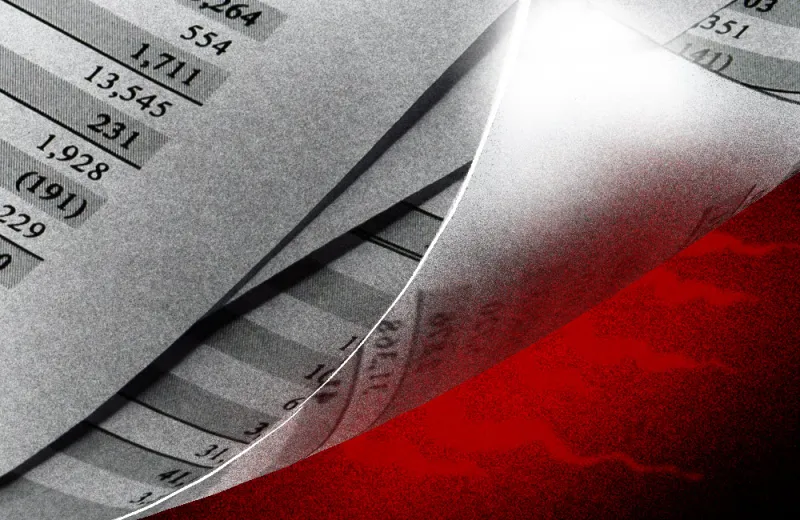Read the footnotes.
Harvard Business School and MIT’s Sloan School of Management claim to have found the first empirical evidence that public companies are using information buried in footnotes to manipulate earnings.
Investors, of course, have known for years that companies are increasingly using adjustments and other accounting maneuvers to manage earnings, but the study quantifies the effects for the first time.
Professors Charles Wang of HBS, and Eric So and Ethan Rouen of the Sloan School, used data from research firm New Constructs to analyze disclosures in regulatory filings, including information buried in footnotes and in the “management discussion & analysis” section. The data includes revenues, expenses, gains, and losses that reflect the hidden adjustments, according to the professors.
Using the data, the professors’ research found that public companies frequently disclose non-operating income-statement items and that those adjustments significantly altered the true nature of the economics of the business. In addition, the professors argue in the report – titled Core Earnings: New Data and Evidence – that these adjustments are increasing over time.
The paper analyzes 19 years of data on company earnings that are adjusted to add back non-core net expenses related to acquisitions, currency devaluations or revaluations, discontinued operations, legal or regulatory events, pension adjustments, restructuring, gains/losses that companies disclose as ‘other,’ and other unclassified gains and losses that are considered non-operating.
Once the professors added back all of this information, they found a number of trends in the data.
First, they found that the number of income-related line items that management claims to be non-operating has grown over the last 20 years. Between 1998 and 2017, there was a 34 percent increase in the average number of adjustments.
The study also found that for every dollar of adjustments that increase earnings, only 55 cents are incorporated in Wall Street research earnings and other traditional analyst reports. “The selectivity of adjustments in street earnings appears to be in part driven by manager bias: firms that meet or just beat consensus EPS [earnings per share] forecasts [are] more likely to include income-increasing adjustments or exclude income-decreasing adjustments in their street earnings numbers,” wrote the professors in the study.
The professors also found that market participants are slow to take the adjustments into account when they buy and sell securities. As a result, according to the professors, investors who buy an equal-weighted portfolio of firms in the highest decile based on non-operating net expenses and sell firms in the lowest decile based on the same data can earn monthly excess returns of 54 basis points.
“This [study] shows management bias and how much they hide with respect to earnings. There’s been a huge increase in unusual items that get buried in headline numbers,” said David Trainer, CEO of New Constructs.
New Constructs’ earnings distortion scorecard, which the professors used in the study, shows companies whose earnings are most understated or overstated. According to the company, earnings for the S&P 500 were distorted by 22 percent on average in 2018.
“The rapid rise in earnings distortion since 2015 means that an increasing amount of corporate income is coming from unusual or one-time gains, which is not apparent to investors analyzing press releases or income statements. Corporate managers hide the one-time nature of these gains by only disclosing them in the fine print,” according to the scorecard.
New Constructs found that earnings distortion is positive for the first time since 2007. In addition, it’s the highest since 2000.
“That creates more risk for investors,” Trainer added.







